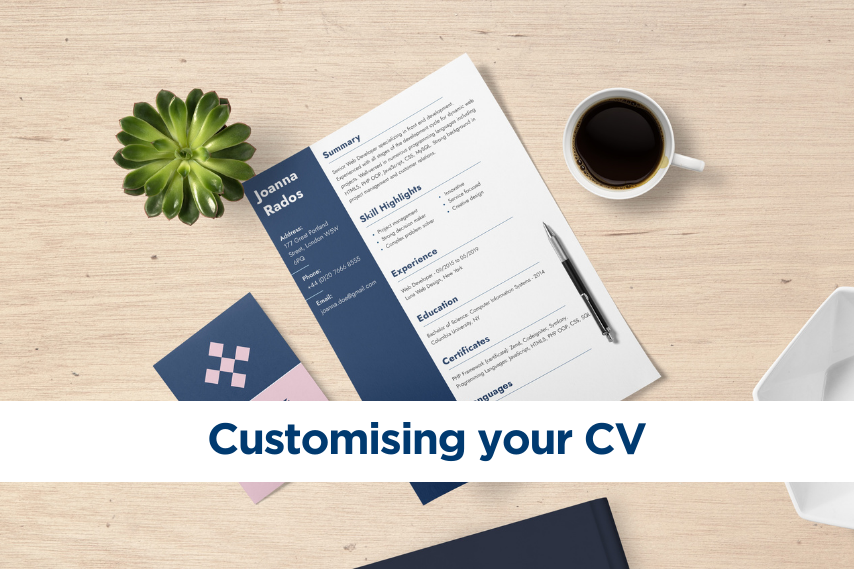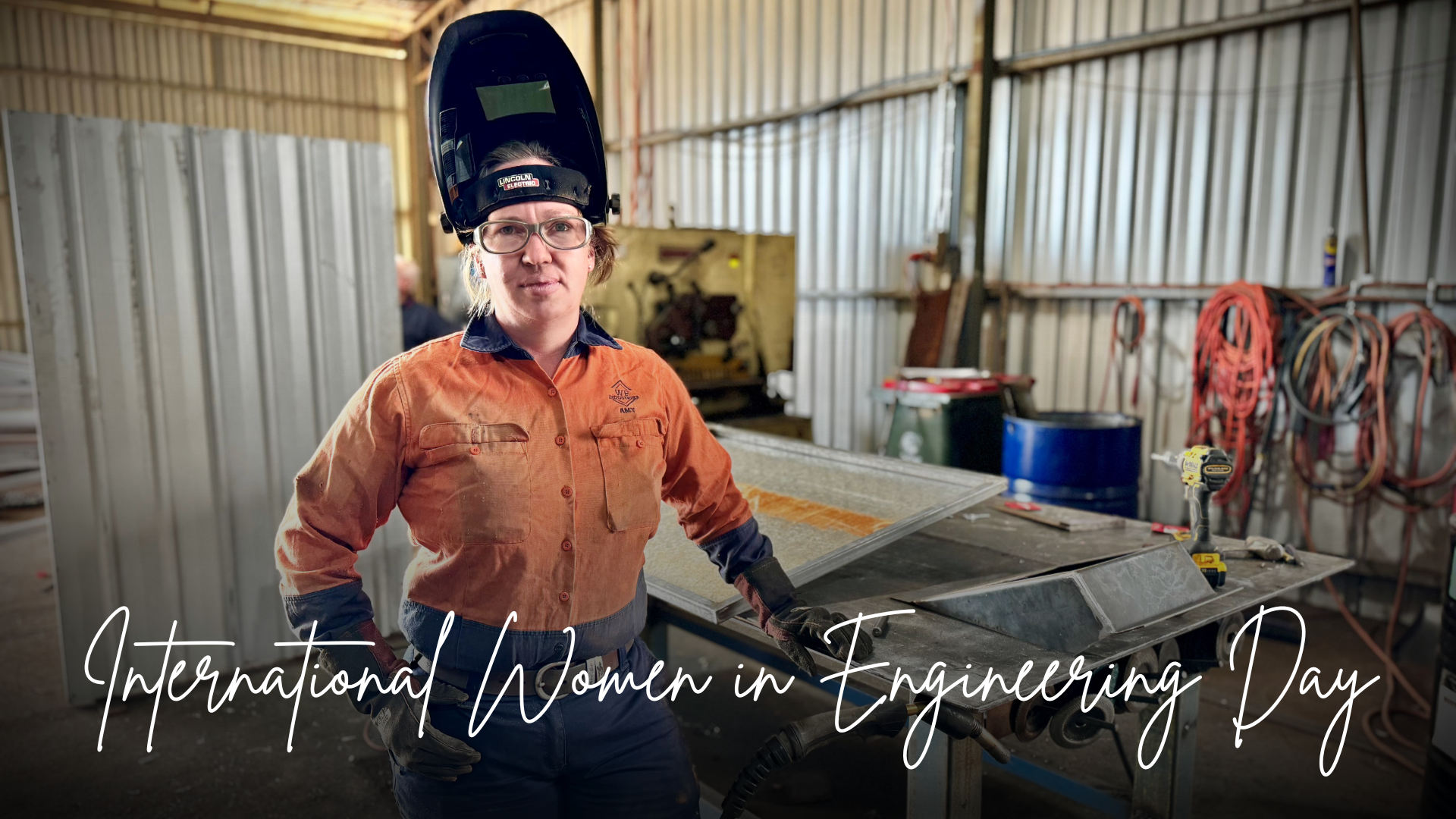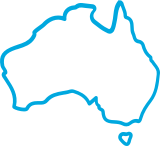
When you are applying for a job, do you use the same CV or resume regardless of the type of role?
To give your job application the best chance of success, you should always tailor your CV or resume to the position you are applying for.
Here are Skillset’s top five tips on how to customise your CV:
1. Read and review the job advertisement
Make sure you read and review the job advertisement carefully. Make a note of any keywords used and ensure that your CV or resume includes these when describing your experience, skills and qualifications.
2. Research the employer
As part of preparation for your job application, it is worth undertaking research on the employer and finding out as much about them as you can. It is particularly important to research the organisation’s culture and value statements so you can include any experience or training that aligns with these in your CV or resume.
3. Tailor your introduction
Most CVs and resumes should have an introduction which explains what you can offer to the employer. Steer away from a generic opening in favour of a beginning that is tailored to the role you are applying for. Go back to the job advertisement and/or position description and using these, make a pitch for the role that summarises your experience and skills taking into account the priorities for the position.
4. Match your experience to the job opportunity
There is no need to provide a long list of your past employment in your CV/resume. This is particularly the case if you are mid-career and have a lengthy work history. In fact, it is better if you only include those roles which are relevant to the job you are applying for. Detail any experience that matches the job role in a section titled ‘Relevant work history’ and provide the title of the role, who you worked for, the dates you worked there, your responsibilities in that role and any achievements made whilst in that position.
5. Only include relevant qualifications and training
It is very important that any qualifications and training you include in your CV or resume are pertinent to the job you are applying for. For example, if you have completed a cooking or photography course in your spare time and you are not applying for a job that requires cooking or photography, you should exclude these courses from your list of qualifications. The only caveat to this is universal-type training that employers would be interested in seeing irrespective of the role you are applying for, such as first aid training.
You may also like

International Women in Engineering Day
Meet Amy Shepard – Welding & Fabrication Apprentice […]
Building your confidence when applying for jobs after a career break
If you haven’t been in the workforce for […]
 Skillset would like to acknowledge and pay respect to the traditional custodians of the lands on which we work.
Skillset would like to acknowledge and pay respect to the traditional custodians of the lands on which we work.We are honoured to be on the ancestral lands of those whose cultures are among the oldest living cultures in human history. We pay respect to the Elders, past, present and to the younger generation of the community who will be the future leaders in years to come.

